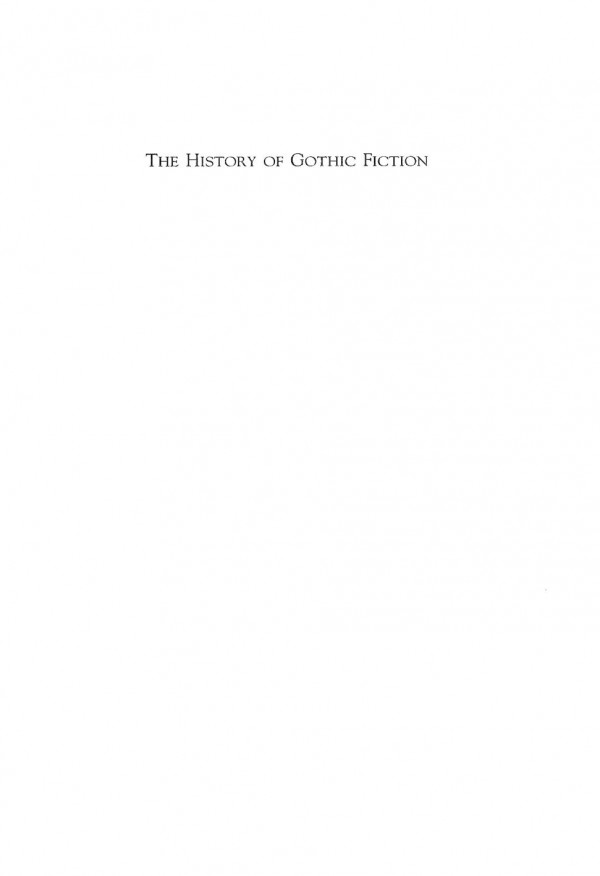

Most ebook files are in PDF format, so you can easily read them using various software such as Foxit Reader or directly on the Google Chrome browser.
Some ebook files are released by publishers in other formats such as .awz, .mobi, .epub, .fb2, etc. You may need to install specific software to read these formats on mobile/PC, such as Calibre.
Please read the tutorial at this link: https://ebookbell.com/faq
We offer FREE conversion to the popular formats you request; however, this may take some time. Therefore, right after payment, please email us, and we will try to provide the service as quickly as possible.
For some exceptional file formats or broken links (if any), please refrain from opening any disputes. Instead, email us first, and we will try to assist within a maximum of 6 hours.
EbookBell Team

4.0
76 reviewsGBS_insertPreviewButtonPopup('ISBN:9780748611959);
The History of Gothic Fiction debates the rise of the genre from its origins in the late eighteenth-century novel through nineteenth-century fictions of tyrants, monsters, conspirators and vampires to the twentieth-century zombie film.
Approaching key novels by authors such as Walpole (The Castle of Otranto), Radcliffe (The Romance of the Forest and The Mysteries of Udolpho), Austen (Northanger Abbey), Wollstonecraft (The Wrongs of Woman), Lewis (The Monk), Shelley (Frankenstein), Stoker (Dracula) and Halperin (White Zombie), the argument proceeds on historicist principles, analysing the peculiar tone of these fictions and uncovering themes of credulity and reason, secrecy and enlightenment, tyranny and libertinism, sexuality and gender, race and miscegenation. The final chapters on the vampire and the zombie examine how the un-dead of gothic terror are embedded in an argument from history.
Written with an undergraduate audience in mind, this text offers a synthesis of the main topics of Gothic interest and clearly argued summaries of critical debate. It signals its difference from popular psychoanalytic readings of Gothic and argues instead for a more complex, multilayered approach via an historicist reading of Gothic fiction. Illustrated with ten black and white plates and including up-to-date bibliographies, this will be an ideal text for all those with an interest in the Gothic.
Key Features